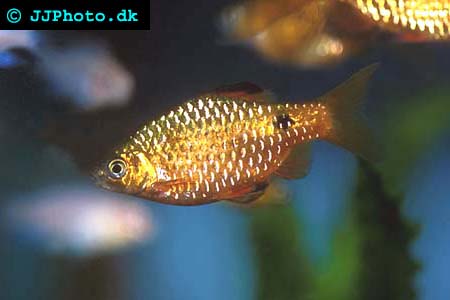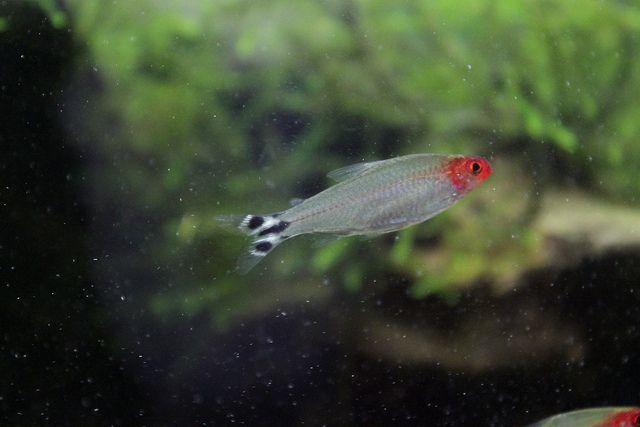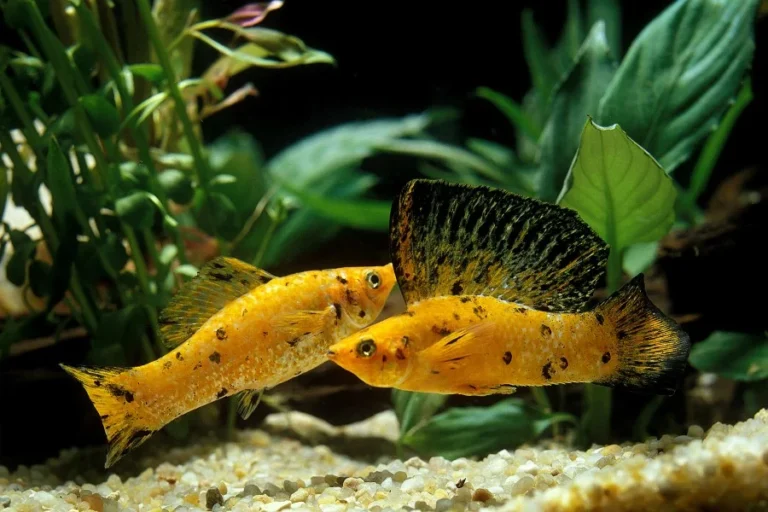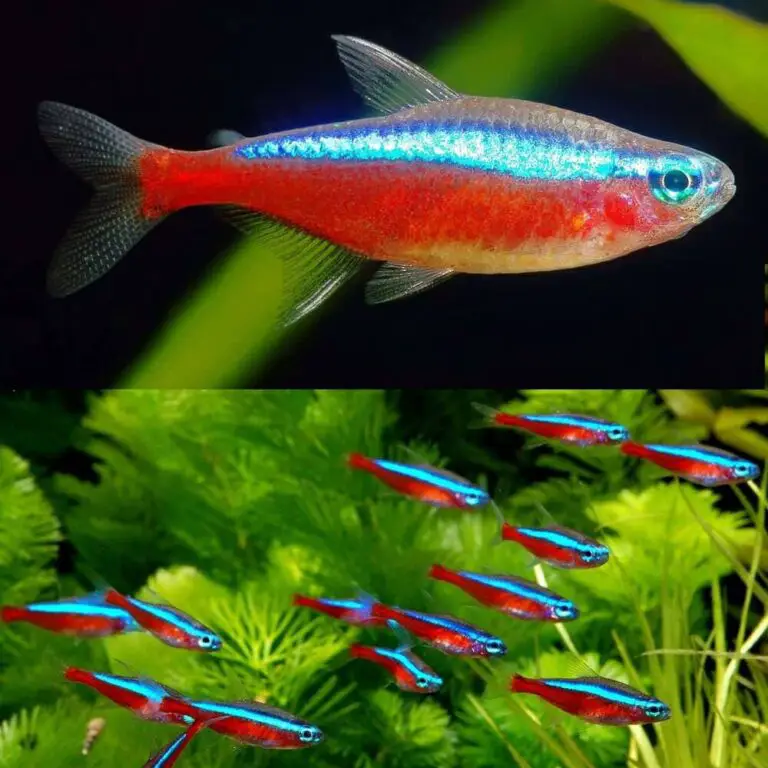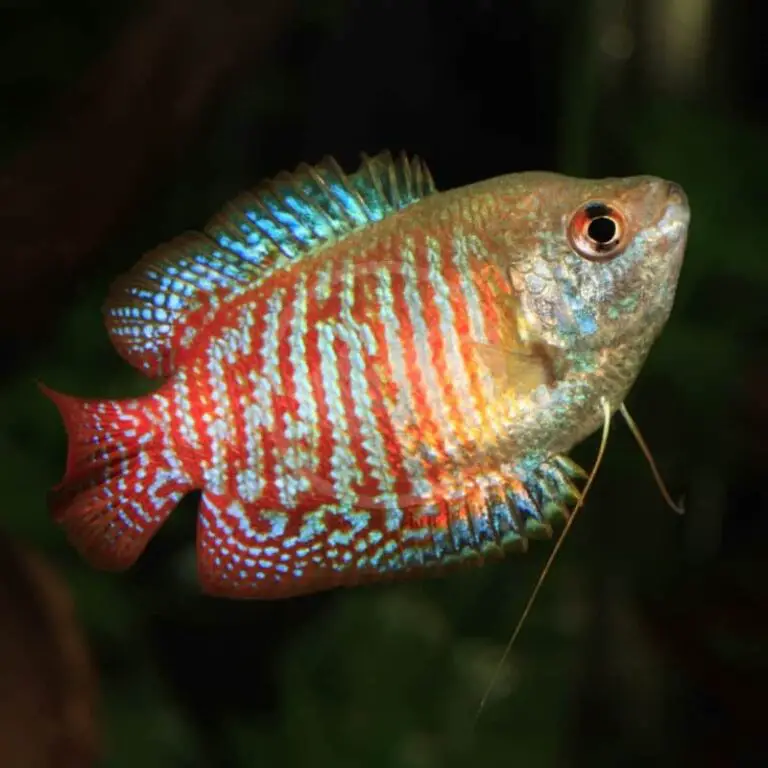Rosy Barb: Understanding Their Spirited Nature
Commonly hailed for their vibrant hues and lively disposition, Rosy Barbs are a freshwater aquarist’s delight. For hobbyists and breeders, these fish offer both aesthetic allure and intriguing behavioral patterns. In this comprehensive guide, we’ll immerse you in the world of the Rosy Barb, uncovering every trait from their physical features to their significance in the aquarist community.
Physical Characteristics that Dazzle
Rosy Barbs, known scientifically as “Pethia conchonius,” come adorned in a picturesque collaboration of colors. Their primary coat boasts a sunset blend of orange and red, highlighted by a neon blue shimmer. Males tend to exhibit these shades more vividly, especially during mating displays, while females often boast subtler, pastel tones. With an average size of 6 inches and a sleek, torpedo-shaped body, Rosy Barbs make for captivating inhabitants of your freshwater community tank.
A Rainbow in the Tank
The multi-faceted coloring of Rosy Barbs isn’t just for show; it functions as a significant social signal. In shoals, they create a moving work of art within your tank, and during times of excitement or agitation, their hues shift and intensify, offering a spectacle that’s not to be missed.
Behavioral Traits: Active and Social Fish
Rosy Barbs are a lively bunch. Their signature behavior is defined by perpetual motion; they’re constantly darting around, exploring every nook of the tank. A group of Rosy Barbs is highly social, displaying a cohesive and organized shoaling technique. This isn’t mere swimming in unison; it’s a complex exchange of spatial awareness, trust, and communication.
The Social Network of the Shoal
Within the shoal, you’ll observe hierarchical interactions, as the more dominant individuals ritualize their status through elaborate dances and territorial displays. This interaction, driven by the instinct to protect their shoal, fosters a dynamic and engaging environment for any aquarist.
Habitat and Care Requirements
In the wild, Rosy Barbs inhabit slow-moving streams and rivers of South Asia, which should inform the setup of your home aquarium. They appreciate ample space for their active nature, with a heavily planted tank providing both territory and hiding spots. Water quality is paramount; Rosy Barbs prefer a pH level between 6.0 and 8.0 and a temperature range of 64–74°F.
Balancing Act of Tank Maintenance
Maintaining these parameters is crucial for their health. In addition, a varied diet including flakes, live, and frozen foods will keep them in peak condition, and regular water changes will help mimic their natural environment, ensuring they remain hardy and resilient.
Breeding and Family Dynamics
Rosy Barbs are relatively easy to breed, which has contributed to their popularity among aquarists. A separate breeding tank with similar water conditions but higher temperatures will typically trigger the spawning process. The female will lay adhesive eggs among vegetation, and the male will fertilize them externally.
The Delicate Dance of Parenting
Unlike some species, the adults show no interest in eating their eggs, and the fry are usually left well alone once hatched. This laissez-faire parenting approach aligns with their communal spirit, as the entire shoal joins in the indirect care of the young, greatly increasing their survival rate.
Importance in the Aquarist Community
Rosy Barbs have carved a significant niche in the hearts of fish enthusiasts and hobbyist breeders alike. Their hardy nature and adaptability make them a great choice for beginners, offering a forgiving ground for the sometimes steep learning curve of aquarium maintenance.
A Staple in the Community Tank
Their willingness to breed and the spectacle of their shoaling behavior further solidify their status in community tanks. They are often used as dither fish, their presence calming other inhabitants by creating a sense of security and camaraderie in the shared space.

Conclusion: A Vibrant Addition to Any Tank
Rosy Barbs are more than just aesthetically pleasing—they are creatures of rich social complexity and resilience. Understanding their behavior and environmental needs can not only provide hours of enjoyment but also foster a deeper appreciation for the intricacies of aquatic life. For hobbyists, the decision to introduce these spirited fish into their aquarium is more than just a visual one; it’s an invitation into a world of dynamic interrelations and striking beauty.

